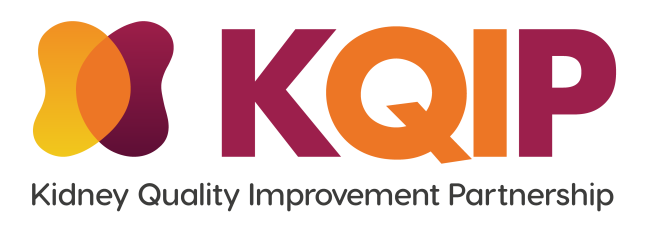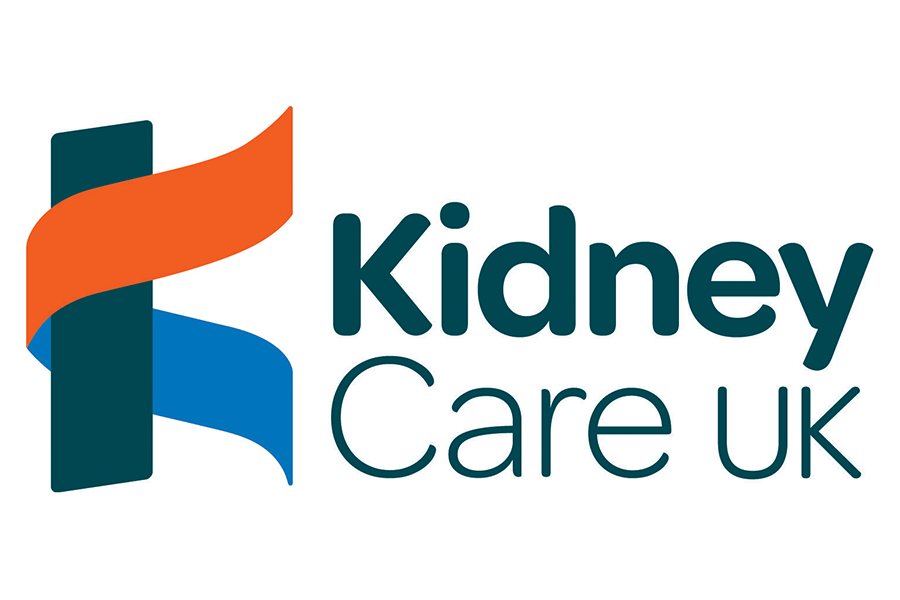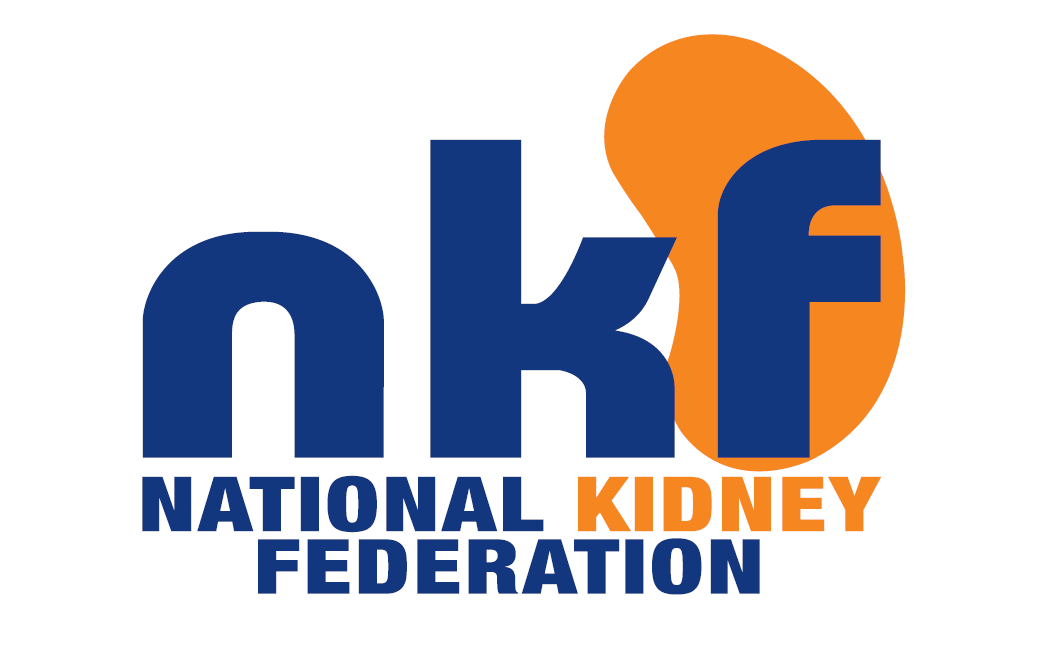Reducing unwarranted variation in peritonitis rates across the Leicester Renal Network
University Hospitals of Leicester NHS Trust
Quality Improvement leads: Richard Baines, Suzanne Glover, Osasuyi Iyasere
Aim: To reduce variation in peritonitis rates across the Leicester renal network
Introduction
Through researching our service, we discovered that even just within our Leicester network there was wide variation in peritonitis rates, with one centre being a centre of excellence, another slightly lagging behind and the rest lying somewhere in the middle.
Early signs of variation in peritonitis rates and opportunities to share good practice
What we did
We created a peritonitis dashboard that helped to highlight this issue to the wider team. We didn’t have the resources to automate the data collection, so designed a really simple spreadsheet for peritonitis rates and asked the community nurses to fill it in monthly. It isn’t exact – it’s not the data we submit to the registry for example - but it allows us to get a rough idea of what the infection rates are and calculate it in the same way as ISPD would (cases per patient year).
All the nurses have to do is put in the number of peritoneal dialysis (PD) patients and number of peritonitis cases per month – the spreadsheet automatically calculated the rates.
There are of course assumptions within this – for example that all patients started PD on the same day of each month – but we felt at least this would allow us to have something to measure as a trend, and this was more important than getting the exact numbers right. The difficulty is in having four different services within our network, and not meeting on a day by day basis. We knew if we had too many data points and variables, it would fall apart. All credit to the home therapies nurses, they have continued to fill in the data even throughout COVID. I think it has probably helped that it is easy to fill in and just needs two numbers, the rest happens automatically.
Once we set up the dashboard, we then had a series of home therapy meetings where we shared best practice. These included the community nursing staff from each site and we would discuss all aspects of how we delivered our home therapy service including home HD. These meetings are still ongoing and are now being done virtually which is working well for our large network.
What we learnt
One thing that we changed as a result of learning from what other centres were doing was the way we used antibiotic cream on the exit sites. We found out we weren’t using it in accordance with what ISPD suggests.
We also focussed on the centre that was lagging behind, to identify whether there were any specific issues here. This highlighted some concern about staffing resources and education needs on managing challenging cases of recurrent peritonitis. We are now doing a root cause analysis on each episode across all sites. This is not done as consistently as we would like, but we have picked it up as something we want to continue, and are trying to push this at every meeting we have.
In the end, I think it was probably the dashboard that really made the difference. Sometimes focussing people’s attention and sharing data, even if you aren’t making wholesale changes, is sufficient to result in an improvement.
If there was one thing we could do better, it is for us to have better input from the medical side – this is where engagement has been difficult right from the start.
In the end, I think it was probably the dashboard that really made the difference. Sometimes focussing people’s attention and sharing data, even if you aren’t making wholesale changes, is sufficient to result in
an improvement.
The future
If things had progressed without COVID, our next focus would have been on home haemodialysis and what we could do to optimise it – this is something we are looking to focus on over the coming year.



